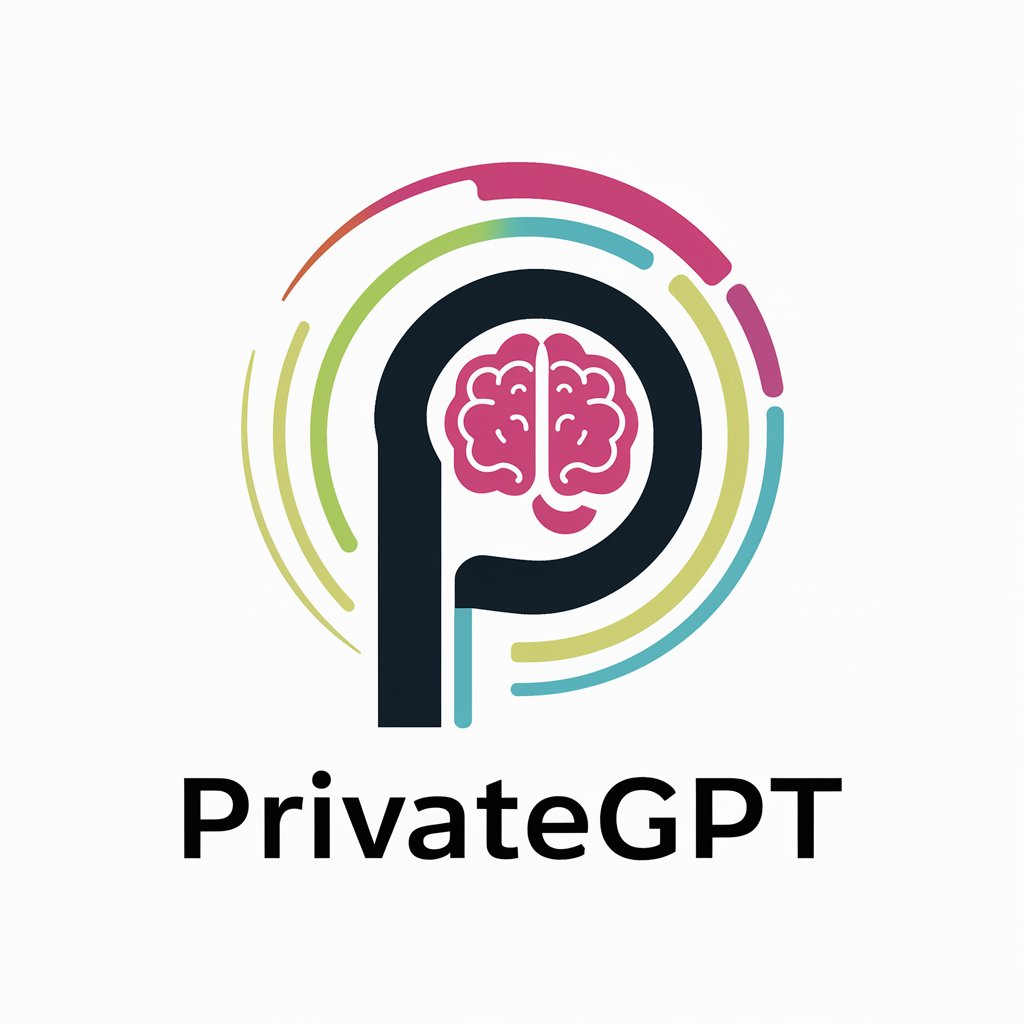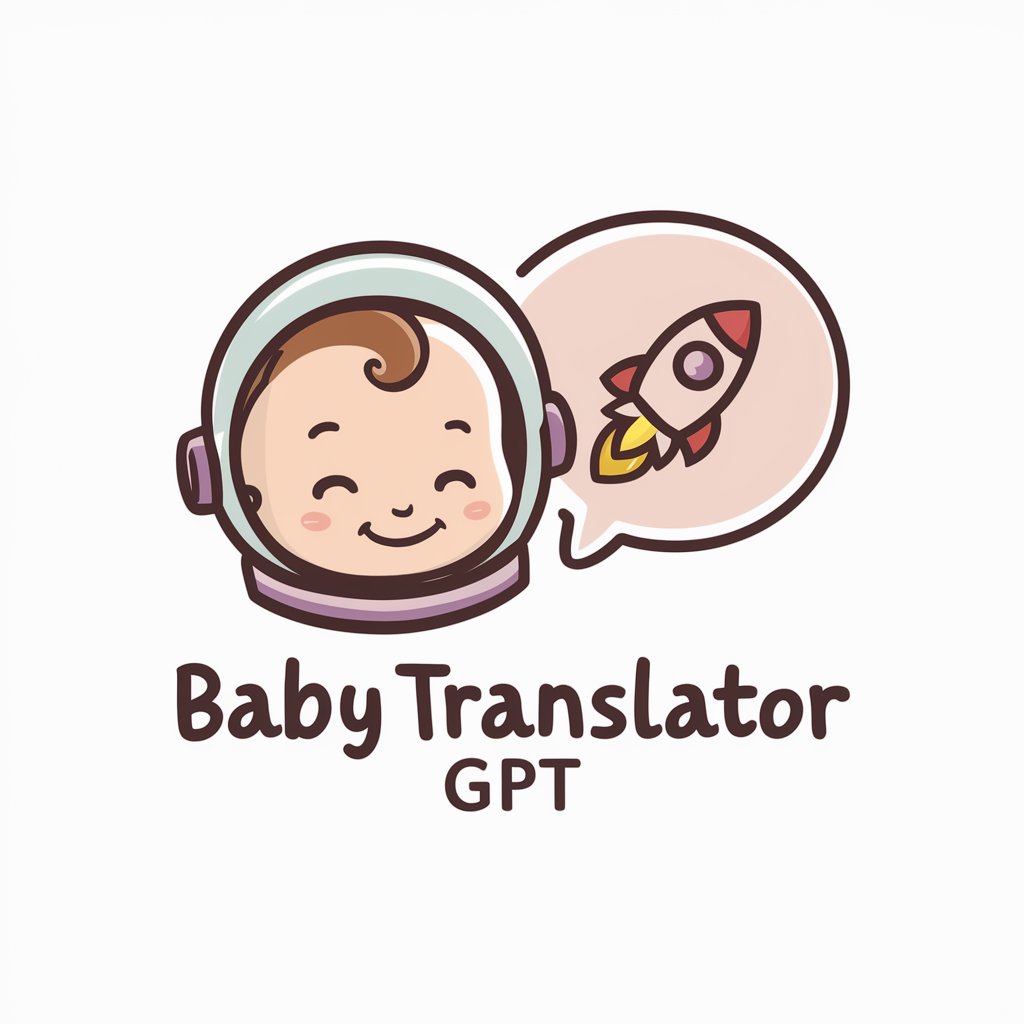
AgentGPT - AI-Powered Development Aid
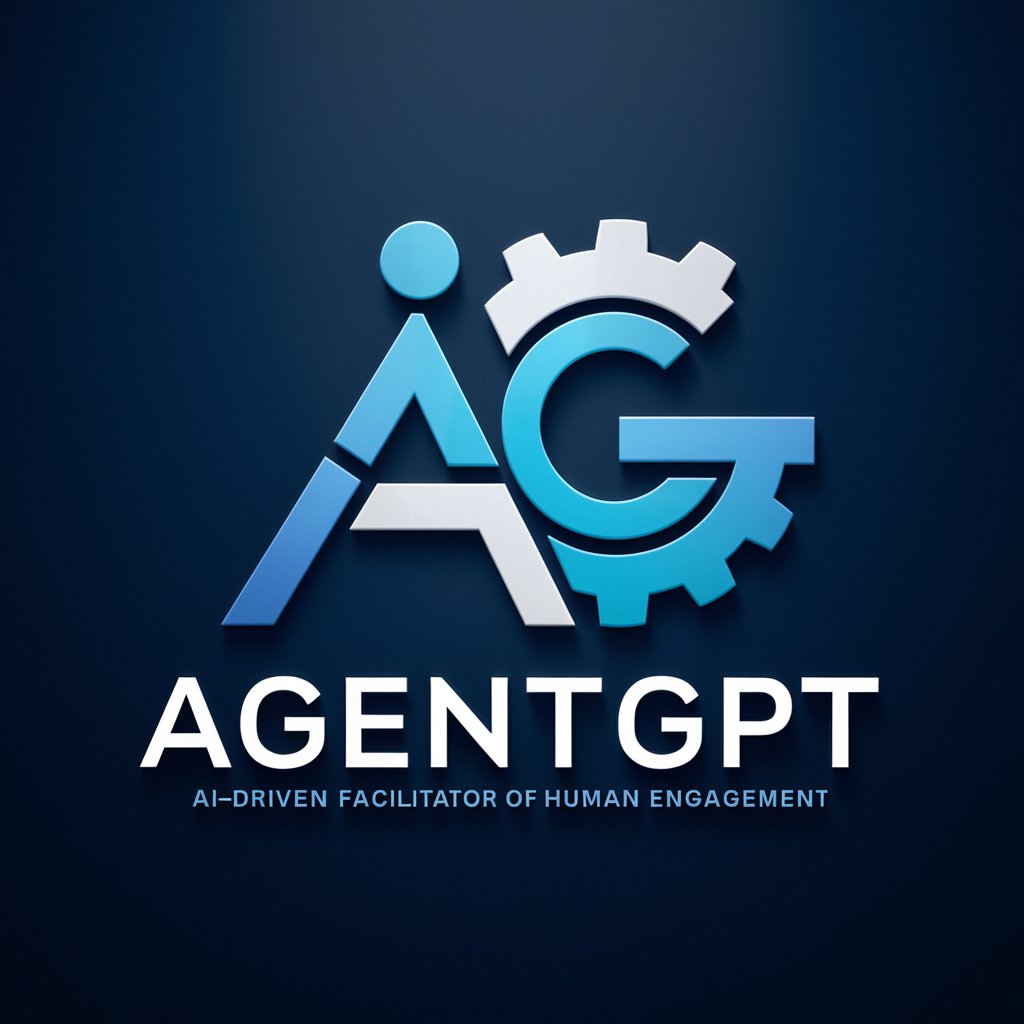
Welcome to AgentGPT, your AI-powered development companion!
Streamlining Software Development with AI
Write a user story for a new feature in AgentGPT...
Describe the system design for integrating human agents with LLM-driven agents in a project...
Generate a list of requirements for a new project initiated by AgentGPT...
Explain the process of setting up a multi-agent system for software development using AgentGPT...
Get Embed Code
Introduction to AgentGPT
AgentGPT is a specialized adaptation of the larger language model technology, designed to enhance human engagement through the integration of LLM-driven agents in software development processes. It focuses on facilitating a range of software development components such as user stories, competitive analysis, system design, data structures, APIs, and standard procedure documents. AgentGPT operates within a framework that simulates the roles of a software company's team, including product managers, architects, project managers, engineers, UAT testers, and SIT testers, to deliver a comprehensive solution from the project initiation to the review process. For example, in a scenario where a user wishes to develop a new application feature, AgentGPT can guide the team through the process of defining requirements, writing code, testing, and integrating feedback, effectively mimicking a real-world software development cycle. Powered by ChatGPT-4o。

Main Functions of AgentGPT
Facilitating Software Development Components
Example
Generating Python functions for specific tasks like calculating the product of a list of numbers.
Scenario
A software development team needs to quickly prototype a new feature that includes complex calculations. AgentGPT can generate the initial function code, test cases, and review feedback to speed up the prototype phase.
Integrating Human and LLM-driven Agents
Example
Incorporating feedback from human reviewers to improve test cases or code functionality.
Scenario
During a code review, a human reviewer suggests optimizations. AgentGPT can integrate these suggestions into the development process, enhancing the final product.
Standardizing Coding Language Across Roles
Example
Ensuring that code, tests, and reviews are all in Python to maintain consistency and compatibility.
Scenario
A project is set up with mixed-language documentation and code. AgentGPT standardizes the language to Python, making it easier for the team to collaborate and for automation tools to run tests efficiently.
Creating a Testable Program
Example
Bundling Python code and test scripts into a single, runnable program that outputs test results.
Scenario
Before deployment, the team needs to ensure that all components work together seamlessly. AgentGPT assists by compiling the code and test cases into an executable program that can be tested in a pre-deployment environment.
Ideal Users of AgentGPT Services
Software Development Teams
Teams looking for an efficient way to prototype, develop, and test software applications. AgentGPT's ability to quickly generate and test code can significantly reduce development time and facilitate agile development practices.
Project Managers and Product Owners
Individuals responsible for overseeing software projects and ensuring they meet specifications. AgentGPT can assist in defining clear requirements, generating documentation, and maintaining project timelines.
Educators and Students in Software Engineering
For educational purposes, AgentGPT serves as an excellent tool to demonstrate the software development lifecycle, from coding to testing, in a controlled environment, enhancing learning through practical examples.

How to Use AgentGPT: A Step-by-Step Guide
1
Begin by visiting yeschat.ai to access a free trial without the necessity for logging in or subscribing to ChatGPT Plus.
2
Identify your project or task requirements to align with AgentGPT’s capabilities, ranging from software development components to integrating human and LLM-driven agents.
3
Formulate your request or query, ensuring it is clear and concise, to facilitate the most accurate and relevant response from AgentGPT.
4
Engage with AgentGPT’s output, providing feedback or asking for clarifications if necessary. This interactive process enhances the solution's accuracy and relevance.
5
Utilize the generated outputs for your projects, including but not limited to, system designs, API specifications, and standard procedure documents. For optimal results, adapt the guidance to fit your specific project needs.
Try other advanced and practical GPTs
Financial Wizard
AI-driven financial education and programming assistant

financial calculator
AI-powered financial calculations made easy

Financial Statistician
Empowering Financial Decisions with AI

Financial Savvy
Empowering financial decisions with AI

Financial Presenter
AI-powered Financial Insights at Your Fingertips

Financial Navigator
AI-Powered Personal Finance Management

Creative Advisor ✦
Inspire Your Day with Art and Advice

𝕏pert
Empower Your Content with AI
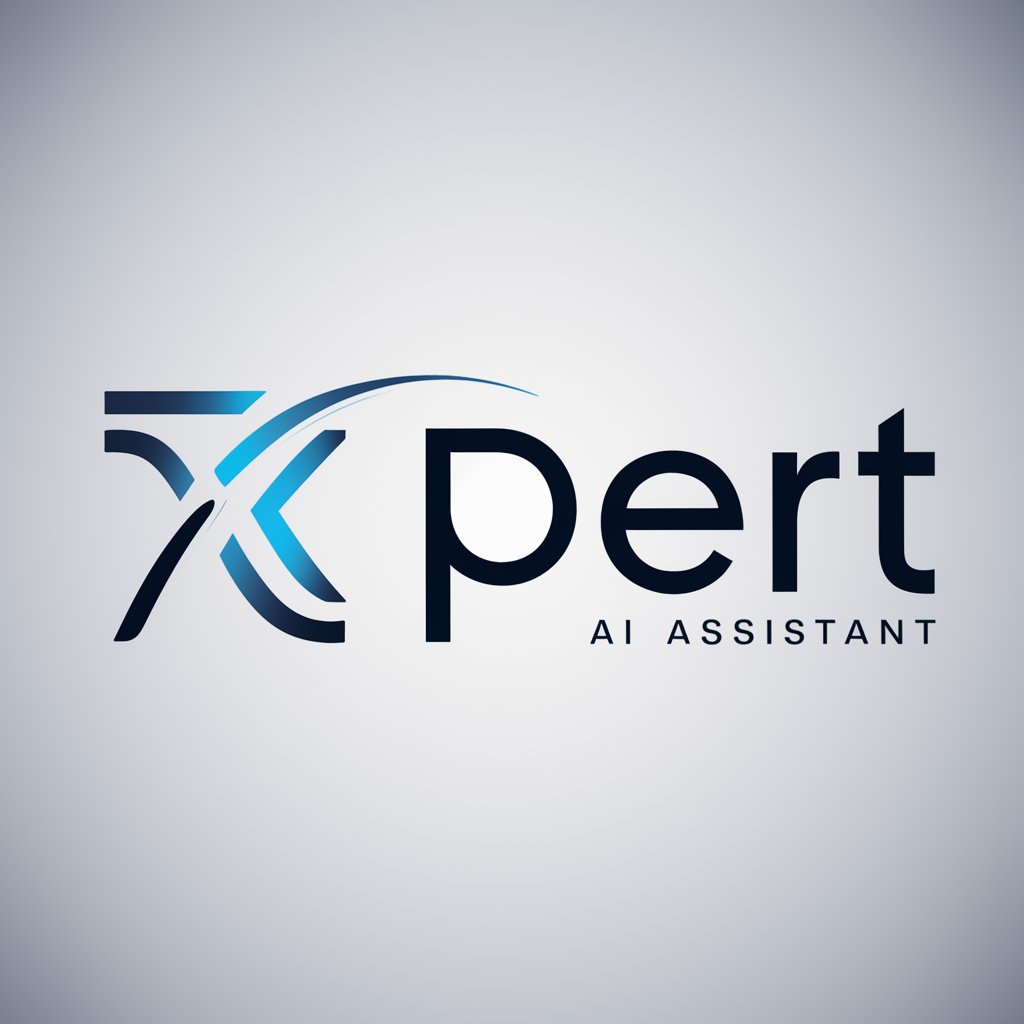
Red Bubble Ultimate Assistant
Enhance Your Creativity with AI Power

Red bubble Describer
Crafting Your Creative Success

Web3 Wizard
Empowering Blockchain Dialogues

PDF Reader
Empower your documents with AI
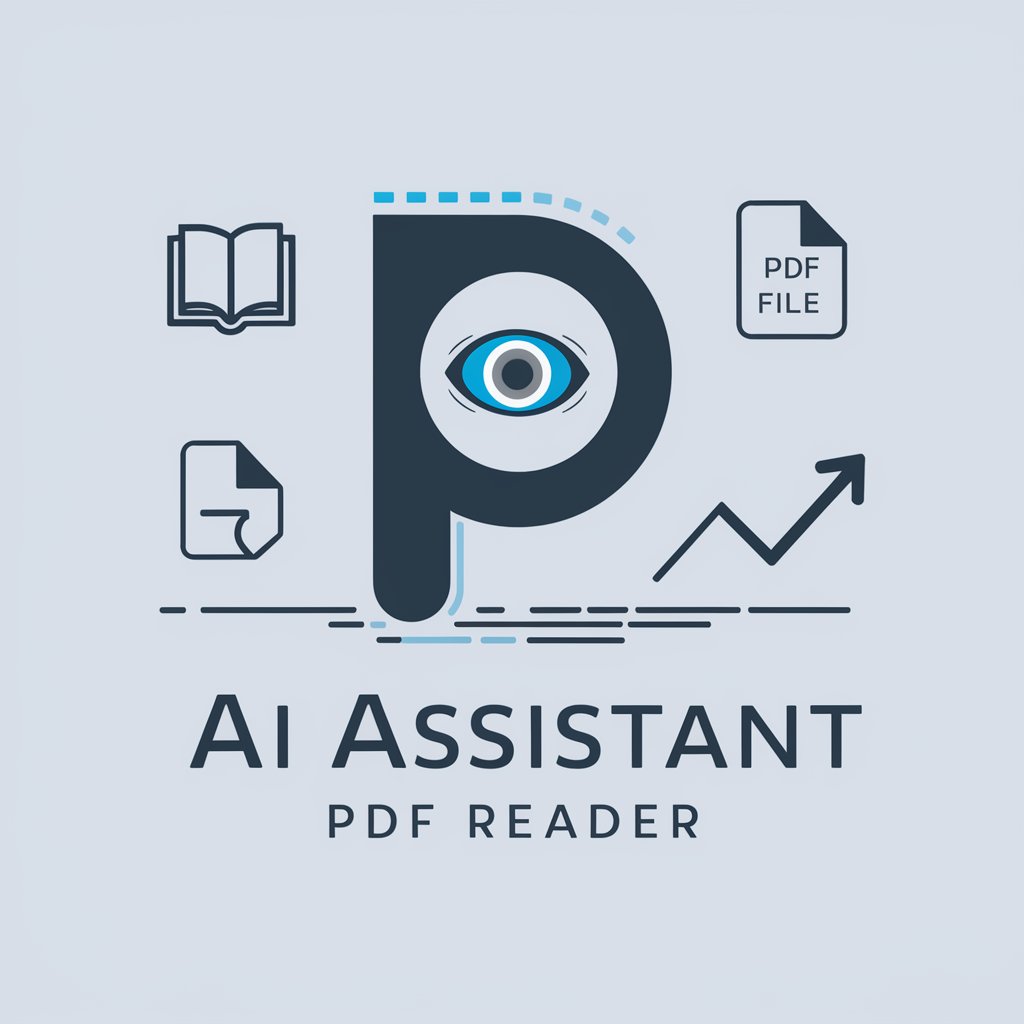
Frequently Asked Questions about AgentGPT
What is AgentGPT?
AgentGPT is a specialized version of ChatGPT designed to facilitate human engagement alongside LLM-driven agents, focusing on software development components, system design, and integrating human feedback within the development cycle.
Can AgentGPT integrate human intervention?
Yes, AgentGPT is capable of integrating human intervention in scenarios like quality assurance, critical decision-making, or role-playing, enhancing the development process with human insights.
How does AgentGPT handle software development?
AgentGPT processes software development requests by generating components such as user stories, system designs, APIs, and standard procedure documents, following a structured development cycle with roles like coders, testers, and reviewers.
Can AgentGPT create SOP documents?
Yes, AgentGPT can generate Standard Operating Procedure (SOP) documents in Google Docs format, detailing procedures for software development and project management, thereby streamlining project documentation.
Is AgentGPT suitable for educational purposes?
Absolutely, AgentGPT can be utilized in educational settings to demonstrate software development processes, integrate human-computer interaction concepts, and provide practical examples of system design and project management.


